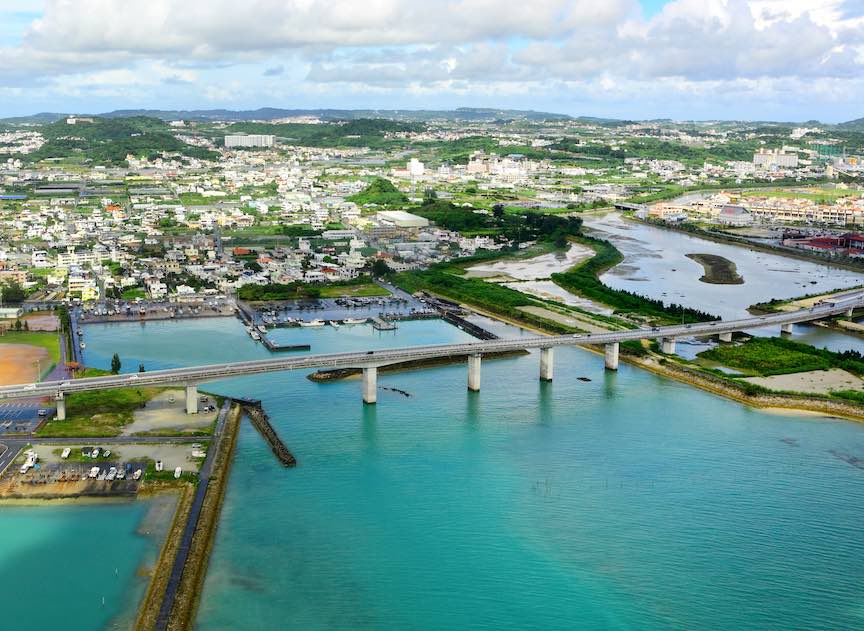1969 US and Japan Agree on the Return of Okinawa
In November, Premier Sato visited the United States. During the visit, an agreement was reached for the return of Okinawa to Japanese control (to be carried out in 1972). Under the terms of the agreement, the U.S. was to retain its rights to bases on the island, but these were to be nuclear-free.
Okinawa, the largest of the Ryukyu Islands in the East China Sea, was the site of one of the deadliest battles of World War II. Post-war, the United States occupied Okinawa, converting it into a strategic military base as part of the larger American strategy to deter Communist expansion in the region during the Cold War. Over time, however, the U.S. military presence stirred significant local resentment due to factors like crime, accidents, and environmental problems associated with the bases.
Meanwhile, the U.S. and Japan had normalized their relations through the Treaty of San Francisco in 1951. Japan embarked on a rapid economic recovery and, by the 1960s, was asserting itself on the global stage. Domestic pressure within Japan for the return of Okinawa intensified, leading to negotiations between the U.S. and Japanese governments.
On November 21, 1969, U.S. President Richard Nixon and Japanese Prime Minister Eisaku Sato agreed on the reversion of Okinawa to Japan. This agreement, formalized in the Okinawa Reversion Agreement signed on June 17, 1971, stipulated that administrative control of Okinawa would be returned to Japan by 1972. However, it was also agreed that U.S. military bases would continue to operate on the island, a concession that underscored the strategic importance of Okinawa to the U.S. military posture in the Asia-Pacific region.
On May 15, 1972, the United States formally returned Okinawa to Japan, ending 27 years of U.S. military administration. The event was marked with a ceremony at Kadena Air Base, attended by U.S. and Japanese officials. The Okinawa Reversion Agreement signified Japan's full sovereignty and marked the completion of its post-war recovery.
While the reversion of Okinawa helped improve U.S.-Japan relations, it also led to ongoing controversies. The continued presence of U.S. military bases on the island has been a source of tension, with many Okinawans protesting against noise, crime, and other disruptions associated with the bases.
 >
>